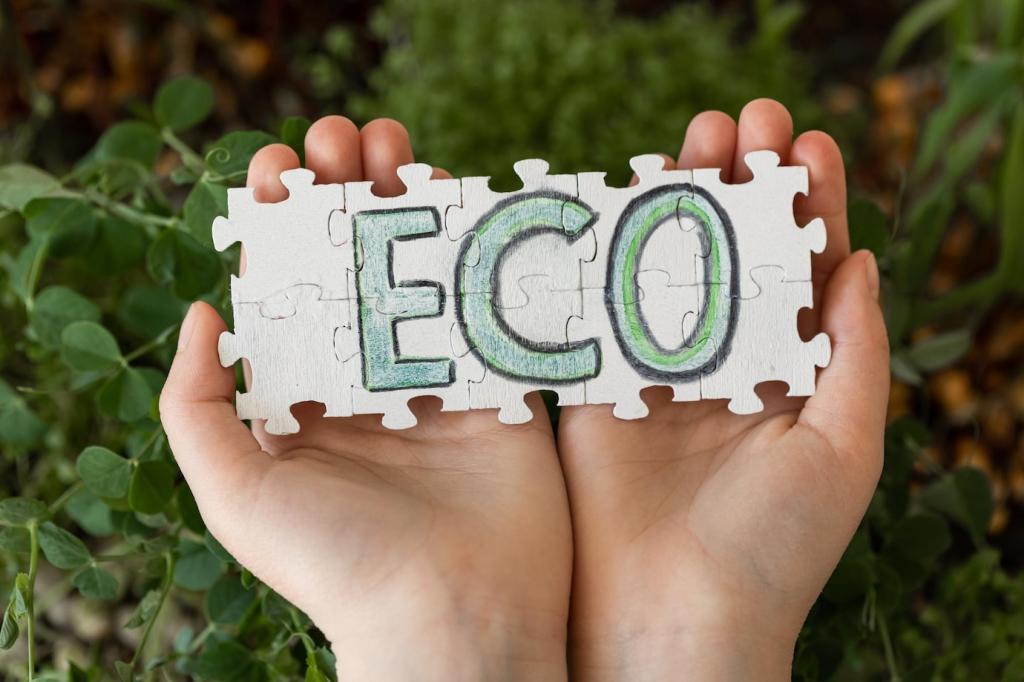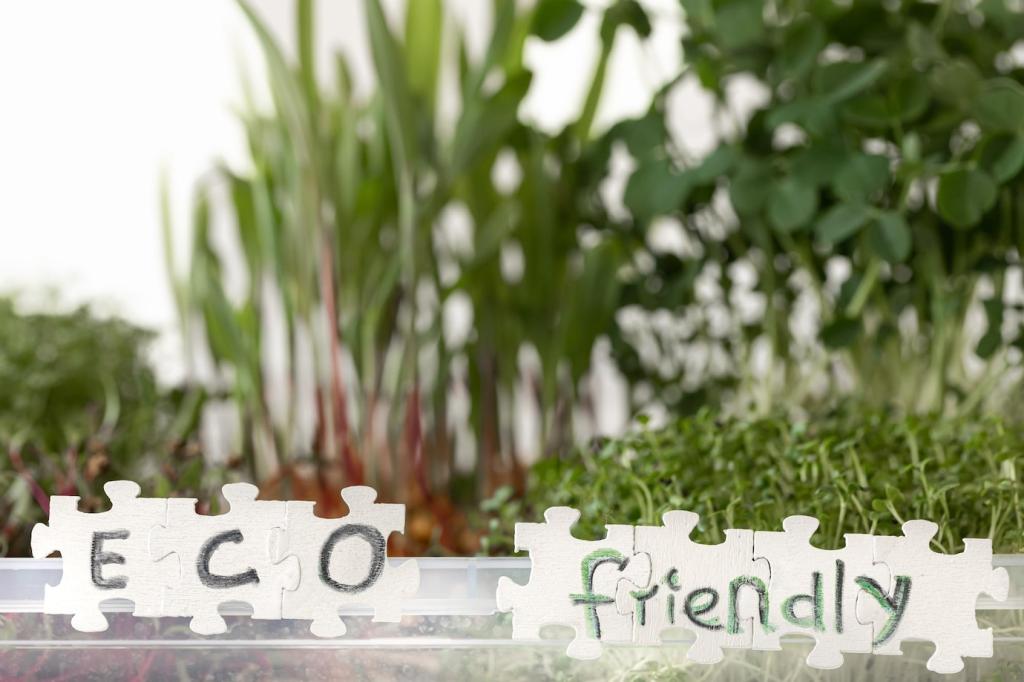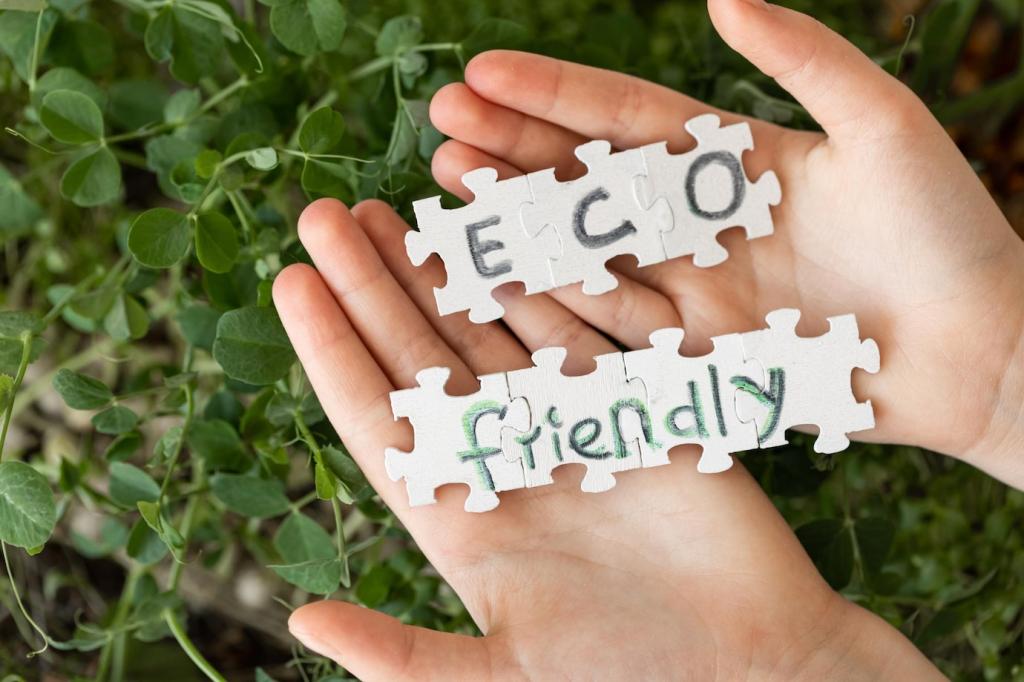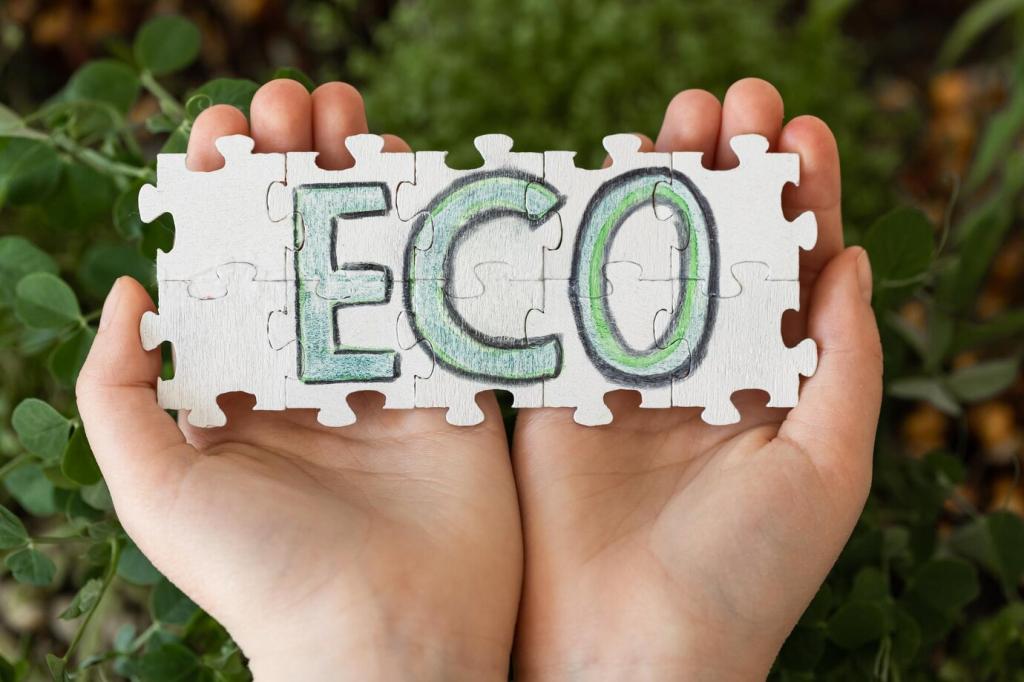Why Sustainability Matters in Restoration
Each piece you save from the curb reduces waste, conserves raw timber, and extends a story already woven into the grain. One reader rescued a water-stained maple desk and, through patient cleaning and reversible repairs, transformed trash into a treasured study companion.
Why Sustainability Matters in Restoration
Refinishing an existing chair often emits far less carbon than manufacturing a new one, especially when you choose low-VOC finishes and avoid disposable hardware. The energy you invest is human-scale, returning value to craft instead of outsourcing impact to factories.








